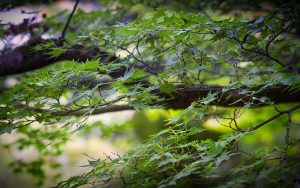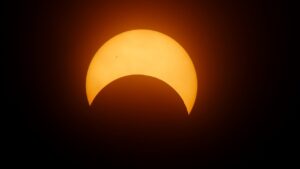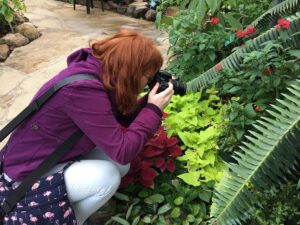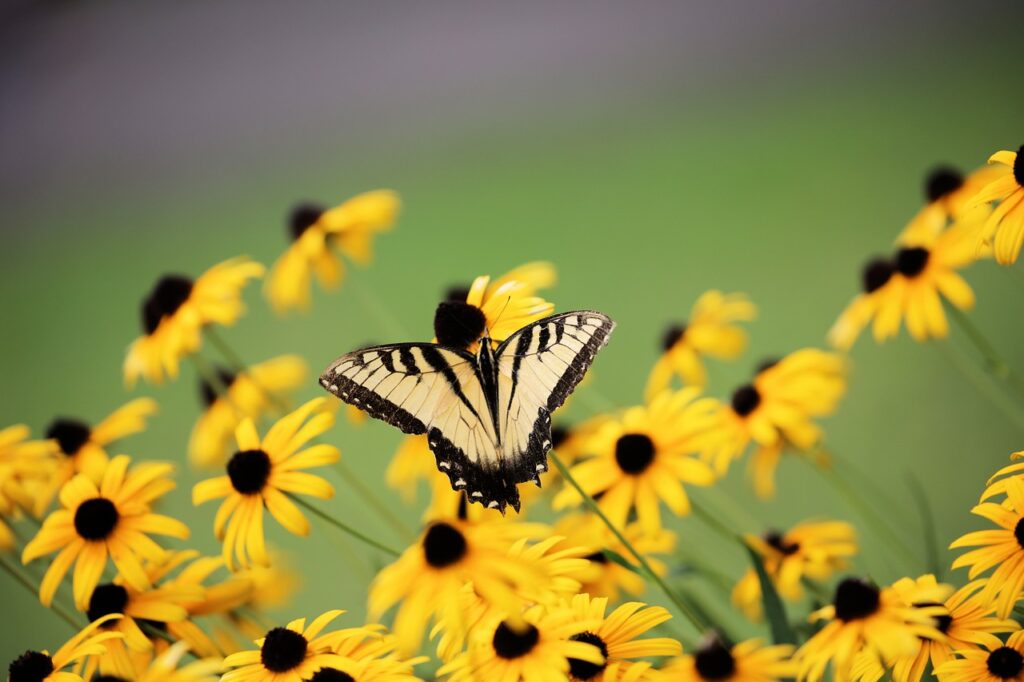
Butterflies in the Garden is a magical experience, but discovering butterflies in your own backyard can be even more wondrous. Each fluttering flash of color feels like your own little miracle.
But creating a butterfly garden is not only a delightful use of your landscape. It’s also a service for the pollinators of North Texas, who desperately need welcoming spaces.
The best way to help out native butterflies, bees, bats and hummingbirds is to grow native plants. The pollinators native to this region evolved alongside these native plants to have mutually beneficial relationships. Non-native plants might not provide pollinators enough nectar or pollen, or they might be inedible to the insects that need to feed on them.
Some great native plants for North Texas pollinators include the following:
Black-eyed susan (Rudbeckia hirta). Bright-yellow, 2-3 in. wide, daisy-like flowers with dark centers make this plant a favorite. Requires full sun.
Blue mistflower (Conoclinium coelestinum). Produces feathery flowers in a pale lavender blue. Needs full sun to partial shade and spreads easily.
| Looking to add some of these plants to your garden? Visit our Spring Plant Sale to find these and other pollinator favorites. Spring Plant Sale FAQ – April 3, 5:30 – 6:30 pm. Preview the plants and talk to our experts. Registration required. Members-only Presale – April 4, 2 – 6:30 pm Not yet a member? Join now! Public Sale – April 5, 2 – 6:30 pm and April 6, 9 am – 3 pm |
Lanceleaf coreopsis (Coreopsis lanceolata). Bright yellow leaves bloom above a mound of narrow green leaves. Prefers full sun and dry soil.
Autumn Sage (Salvia greggii). This plant is available in colors from deep red to pale yellow and salmon to red-violet. A small shrub, it adapts easily to a variety of soils, blooms from spring to fall and has a high tolerance for Texas heat.
Texas lantana (Lantana urtecoides). Native lantana thrives under the worst conditions, include bad soil, high temperatures and low water availability, and yet blooms all summer long. Needs full sun.
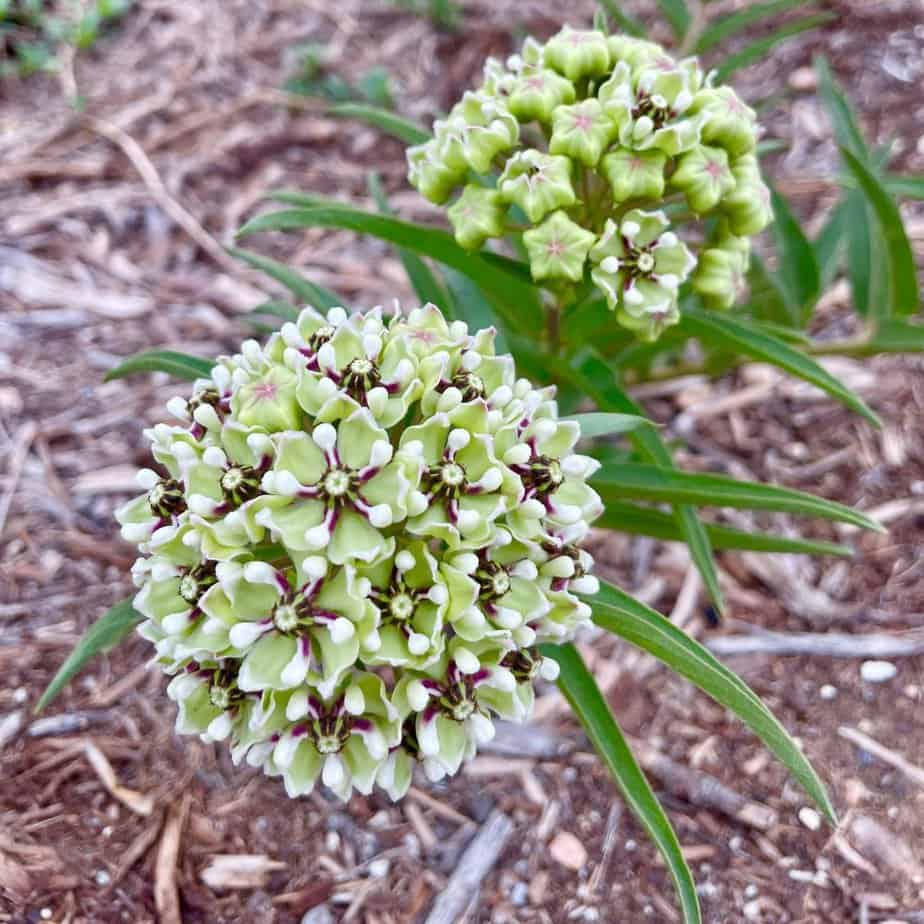
Turk’s cap (Malvaviscus drummondii). This hardy perennial thrives in all kinds of soils, endures drought without complaint and blooms summer through fall. The flowers are generally red, although pink and white varieties are available. Prefers shady locations.
Making the Case for Milkweed (Asclepias.)
Milkweed is a special plant, because it is essential to the survival of monarch butterflies. While the butterflies feed on nectar from a wide variety of plants, the females exclusively lay their eggs on milkweeds. When the caterpillars hatch, they feed on milkweed–and that’s it.
The decline in monarch butterfly populations has been traced to the eradication of milkweed in agricultural areas. If we’re going to have monarchs, we must have milkweed.
Many experts recommend avoiding tropical milkweed, which does not die back in the winter and might disrupt migration patterns. Look instead for natives including antelope horn milkweed (Asclepias asperula) and green antelope horn milkweed (Asclepias viridis). The plants prefer full sun and sandy, well-drained soils. They tend to grow slowly, and they attract aphids, but it is essential not to spray the plant with pesticides, which would hurt the caterpillars. Usually other insects will take care of the aphids.
It isn’t always easy to find native milkweed in garden centers, so call around before you shop. Nurseries that specialize in native plants are the most likely to carry these varieties.
The great news about all of these native plants is they thrive in our climate, tolerating both heat and drought conditions. You’ll be doing yourself a favor while creating a welcoming space for the butterflies in your garden.


